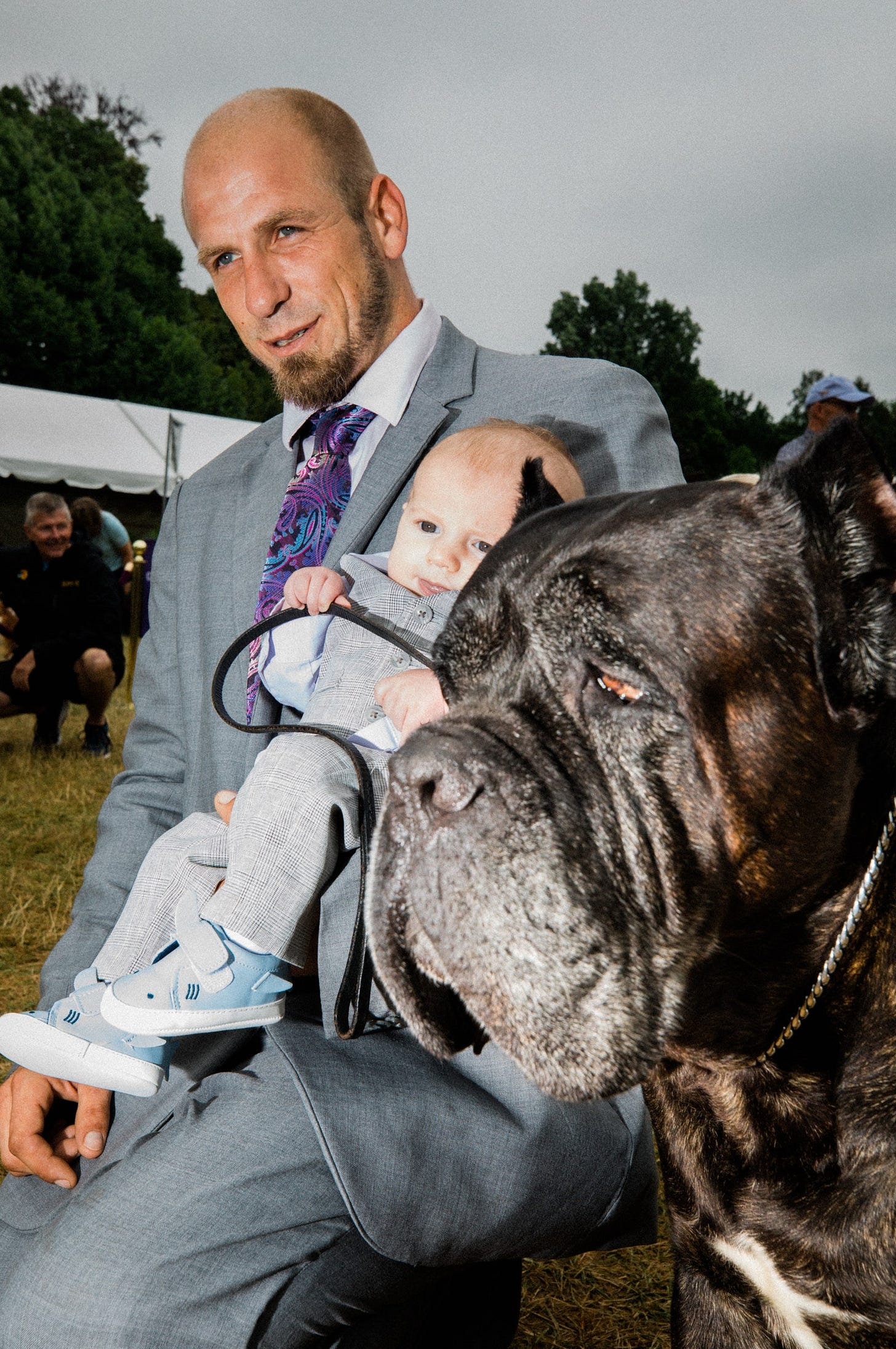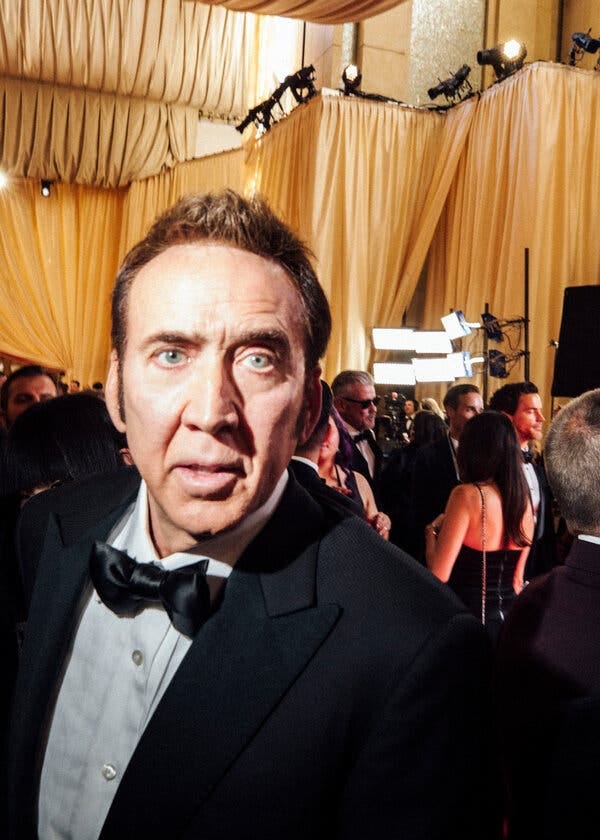Here is what I know about Sinna Nasseri: considering his prevalence and contemporary impact on photojournalism, little information exists about him on the internet. According to Wikipedia, “he was born in Los Angeles and is an Iranian-American photographer. His work focuses on documentary photography and portraiture and appears frequently in the New York Times and Vogue” (Wikipedia).
Through exhausting all available internet resources, I learned that photography, for him, is a new endeavor — Nasseri has a JD and was a lawyer before leaving to pursue life as a creative. Those familiar with his work point to 2020 as the year his images rose to prominence. He looks back on that first project, where he travelled across the US to capture the presidential election, as one that was not his best work (The Messy Truth, Conversations on Photography). If this is true, then Nasseri has clearly committed to refining his point of view and craft, as today he produces some of the most recognizable, memorable, and effective photos around.
To properly explain my appreciation for Nasseri, I need to go back to 2020. Sometime in late August or early September. I’m in Kansas and it’s extremely hot. I live there because I’ve secured gainful, meaningful employment and that’s what you do when you finish college.
It’s a period of time that was monotonous but formative, unremarkable yet visceral. There is a specific memory from these days that I reach for when trying to explain my time there. On this particular day, I have the bright idea to drive to the “further away” laundromat. It is owned by the same company as the close laundromat, but for some reason I think it will be different. It is not.

I pull into the parking lot and turn off my car. Walking in, sweat pools on my upper lip and behind my knees. My oval-shaped wicker basket does nothing to make things more convenient. White undies fall out in the parking lot. Inside, families sit waiting for their clothes. Dryer sheets and lint balls bounce under the forced air conditioning while someone waits for their coins at the change maker. It’s grimy and I think I have OCD.
I get my clothes into the machine and pay the $4.00 for the load, entertaining the very real possibility that I wash them twice. Trump 2020 hats bob around as people go about their chores. I decide to go outside to wait in the car. I sit down and look around. Gas station to my left. Planet fitness and a sports bar face me from the opposite side of the road. The supermarket is down the street. I start crying. It’s still so hot and uncomfortable, and the heinous concrete surrounding me is depressing.
There is a certain dread pulsing under the surface. I don’t know if it’s of my creation, or if it’s collaged by the trucks revving around town with confederate flags waving from their beds, the Jesus billboards lining I-70, and the dead kitten I passed on the road on my way here.

The imagery of our nation’s rural heartland haunts me more than that of perhaps any other place I’ve been. But saying this in our current political climate, I fear that it will be misread as purely a political statement or some sort of “othering” indictment. It is not either of those things. How then, can I articulate what it is? It’s the deep unease I feel as I drive from place to place and try to keep up with my basic needs. It’s the way this environment is built with so little care for beauty, community, ease, or even, I argue, utility. Finally, it’s that while I’m surrounded by troubling human responses to this place, they are only the tip of the iceberg.
Both in his words and images, Nasseri offers some tips in sorting this all out. Listening to an episode of a photography podcast called The Messy Truth, I was glad to hear him articulate some reflections on his subjects— both human and environmental. He says,
…[my work] all comes from a position of curiosity, a position of respect for the person or the place. Things are really complicated. You spend enough time in places like the south, you kind of understand the effect of environment on people’s opinions. And it sort of puts you in a position where you judge less. You know that that’s all coming from their environment, so let’s go a little deeper and approach this from a human standpoint…. Maybe there’s more to it.
Curiosity shines through Nasseri’s lens. While America’s approach to modernity, as a whole, lacks beauty, Nasseri finds it in the unexpected. Where pavement, concrete, and endless configurations of different places selling the same things work to stifle curiosity and drown wonder, Nasseri inspires it.

His work, no matter the venue, presents a playful dialogue between environment and the character that people inject into it. When properly revealed, amusement and absurdity are all around. Nasseri’s knack for simultaneously satirizing and celebrating his subject puts this in plain view. I admire his photos so much because I think they capture some uniquely American truths: most of us are just doing our best to get through the day. It’s not always pretty, but every so often a flicker of hope or triumph escapes the surface. It holds with it the promise something better, but no clues as to how long it will take to get there. I didn’t see this that day as I cried in the laundromat parking lot, but thanks to Nasseri’s work, I do now.

End notes
Nasseri is currently on assignment for Vogue capturing this year’s Westminster dog show. Check out that work here.
Access his archive and most current work via Nasseri’s Instagram @strange.victory
Thanks for reading ;)





I had a phantom pearl of sweat appear on my upper lip reading your description of the missing sock laundry mat. So apt, so rough, and so humbling.